Introduction
Ascendance is on a mission to decarbonize aviation with sustainable and efficient solutions such as Sterna, an advanced hybrid electric propulsion system, and Atea, a hybrid electric Vertical Take-Off Landing(VTOL) aircraft (Vertical Take-Off Landing).
Powered by Sterna, Atea is designed as a low-carbon, quiet and efficient alternative to the helicopter (reduction of carbon emissions by up to -80%). With its 400-km range, a speed of at least 200 km/h, and noise emissions reduced by up to 75%, it perfectly addresses a regional & decentralized use in passenger transportation, tourism, medical emergencies, cargo and surveillance.
To reinforce its product-market fit on both Sterna and Atea, Ascendance turned to Estuaire's data to ensure their innovative designs align perfectly with market demands. In this case study, we will focus on Atea’s example.
Estuaire is a data startup specializing in aviation emissions modeling and reduction: addressing greenhouse gases, contrails, Nitrogen Oxydes(NOx) & aircraft lifecycle impact. Our data platform empowers airlines, airports, Original Equipment Manufacturers(OEMs), and aviation financiers - to assess and mitigate their environmental footprint with reliable climate data.
Specifically around the Atea aircraft, the partnership between Estuaire and Ascendance comprises the following three work streams:
- Examining the flight trajectories of distinct helicopters models in 2023 and 2024
- Determine the flight parameters and weather patterns encountered across all flights
- Better understand the needs of future Atea operators and define the right aircraft specifications to boost Ascendance addressable market
Estuaire's analysis covers over 4,700 types of aircraft and helicopters, encompassing more than 227,000 individual machines and 56 million individual flights.
1. Atea design optimization

Atea, Ascendance's flagship VTOL, is designed to meet the challenges of regional mobility. Estuaire’s work provides Ascendance with insights into flight patterns, weather conditions, and operational constraints.
Data-driven range selection
Among the 56 million helicopter flights of the Estuaire platform, Estuaire and Ascendance identified 190,000 relevant ones. Estuaire identified typical distances flown for four light helicopter types. This distance flown is a better proxy than the GCD (Great Circle Distance, or bee-line distance) for what is actually required in real operations. In the chart below, we display the cumulative density of distance flown over all flights. Each colored curve corresponds to a specific helicopter type, the black line considers all of them together.
In order to define an aircraft requirement, the following question can be asked: what should my design range be to cover 95% of the missions flown today by helicopters ?
To answer that question, a distribution analysis (cf. illustration below) enabled Ascendance to use another data point to confirm that Atea range is fully relevant for the vast majority of missions performed by helicopter operators.
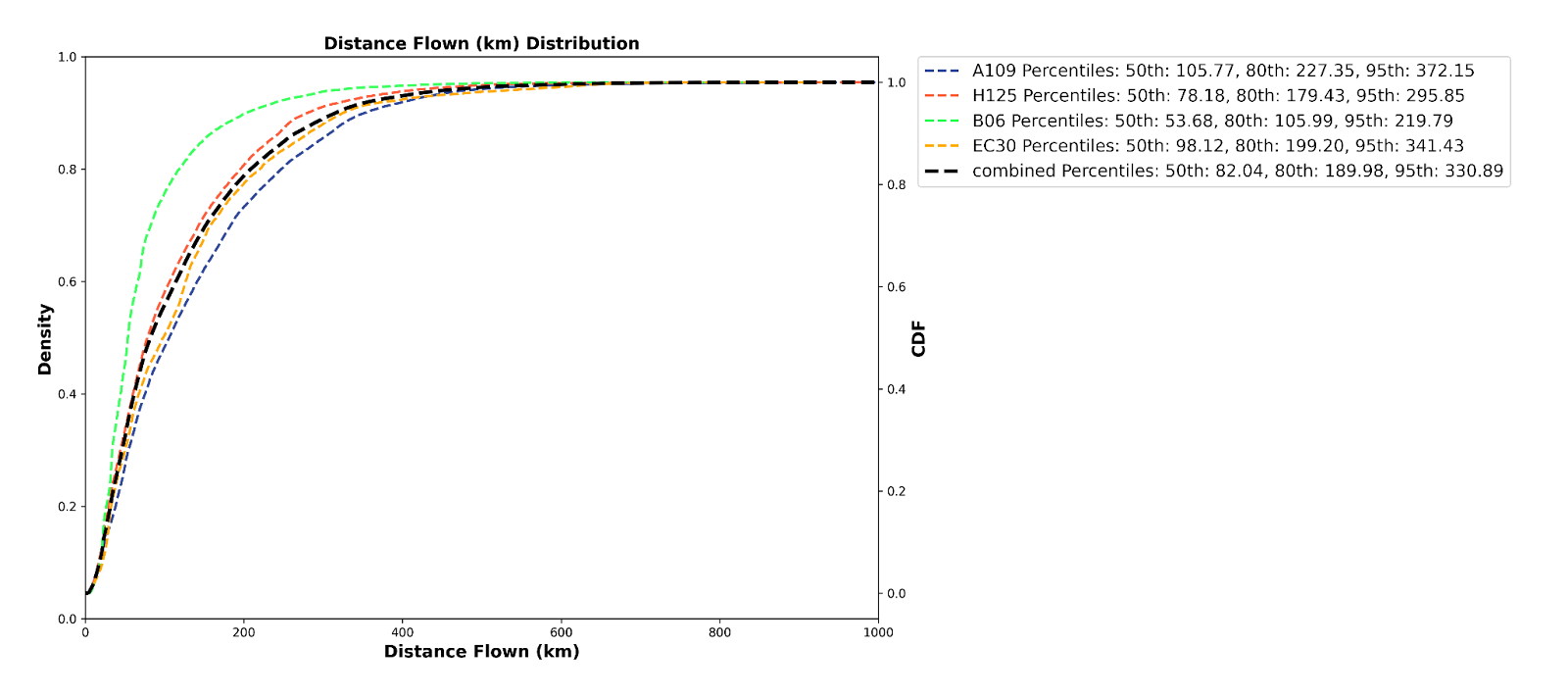
Adaptation to weather conditions
Using advanced weather modeling, Estuaire helped fine-tune Atea's design to withstand challenging environmental conditions. The data indicates that Atea should be designed to handle ground temperatures of up to 42°c and as low as -25°c, aligning with the 95th percentile values observed across the analyzed helicopter types.
In the graph below, the yellow curve corresponds to the H130 helicopter specifically. It stands out in this analysis, frequently operating in challenging "hot and high" conditions, particularly for tourism flights.
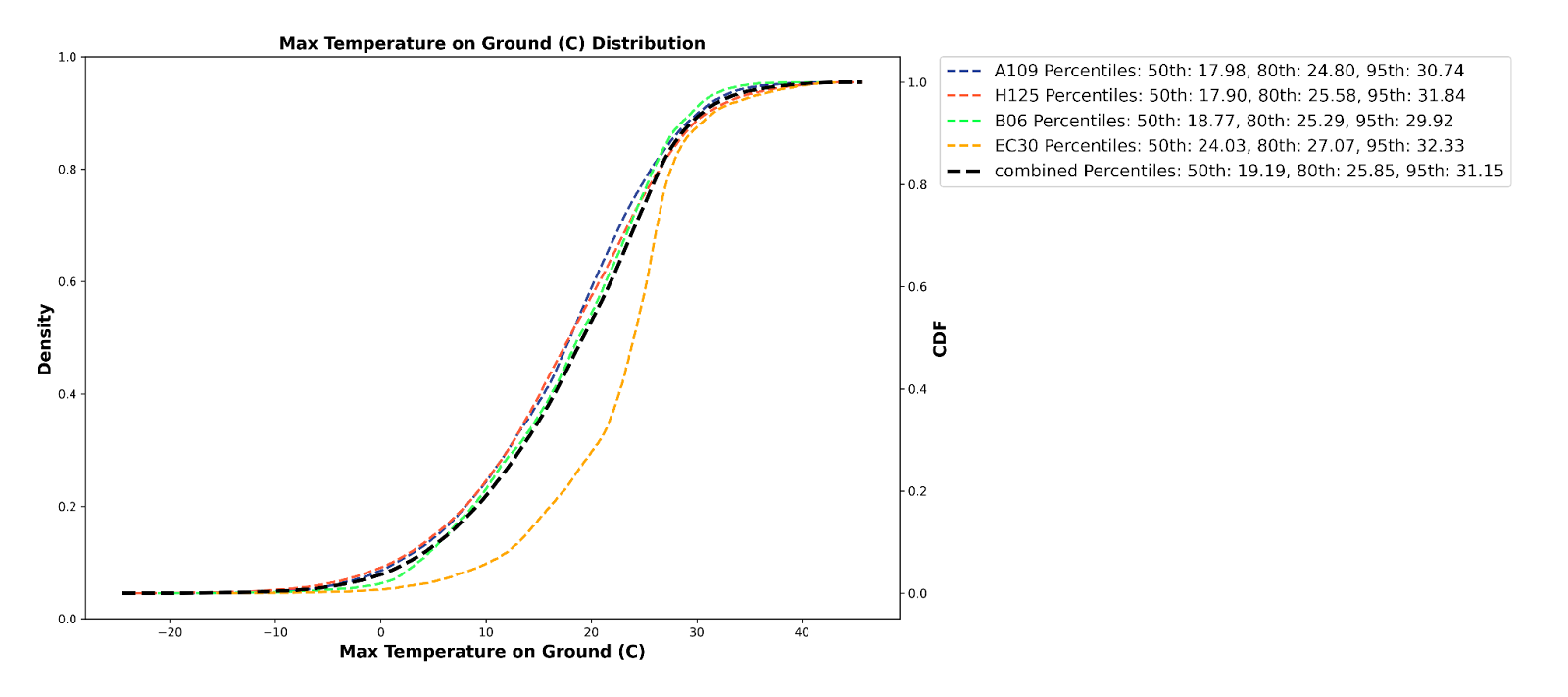
To emphasize the importance of temperature considerations in Atea's design, it's crucial to address the impact of temperature on both battery performance and aircraft operations.
Temperature plays a significant role in the state of health degradation of battery cells due to calendar aging. Basically, higher temperatures accelerate the degradation of lithium-ion batteries, with studies showing that aging rates can increase by 120% at 20°C, 135% at 40°C, and 138% at 60°C compared to optimal storage conditions around 25°C[1][2].
On top of this, temperature, in conjunction with altitude, directly affects density altitude which is a critical factor in aircraft performance(especially during takeoff and landing). High temperatures and high altitudes result in higher density altitudes, which can significantly reduce aircraft performance.
- Other parameters considered
Wind and Wind Gust at Takeoff and Landing
We evaluated wind conditions during takeoff and landing to ensure safety and compliance with the SC-VTOL enhanced criteria.
Density Altitudes in Hovering and Cruise Phases
We assessed altitude-related performance impacts during hovering and cruising phases to optimize Atea design.

Icing Conditions Frequency around Operational Bases
We identified the frequency of icing conditions at operational bases.
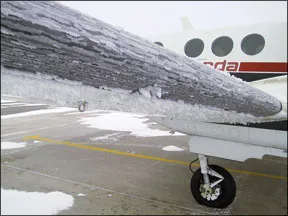
Delta ISA Temperatures
We examined temperature variations to confirm consistent aircraft performance across diverse environments.
Fuel Consumption, CO2, and Non-CO2 Emissions
We analyzed emissions and fuel efficiency to align with sustainability goals.
Conclusion and next steps
The collaboration between Ascendance and Estuaire demonstrates how data-driven insights transform innovation into market-ready solutions. By leveraging Estuaire's data platform, Ascendance ensures Atea and Sterna meet market demands while setting new benchmarks in sustainable aviation.
Comprehensive analysis of flight parameters (distance, speed, altitude, and weather) enables precise design optimization, positioning Atea to capture its market. Similarly, Estuaire’s data supports Sterna’s development as a greener, more efficient propulsion system, ensuring compatibility with diverse flight conditions. This partnership shows how aerospace companies can harness aviation data to achieve product-market fit.
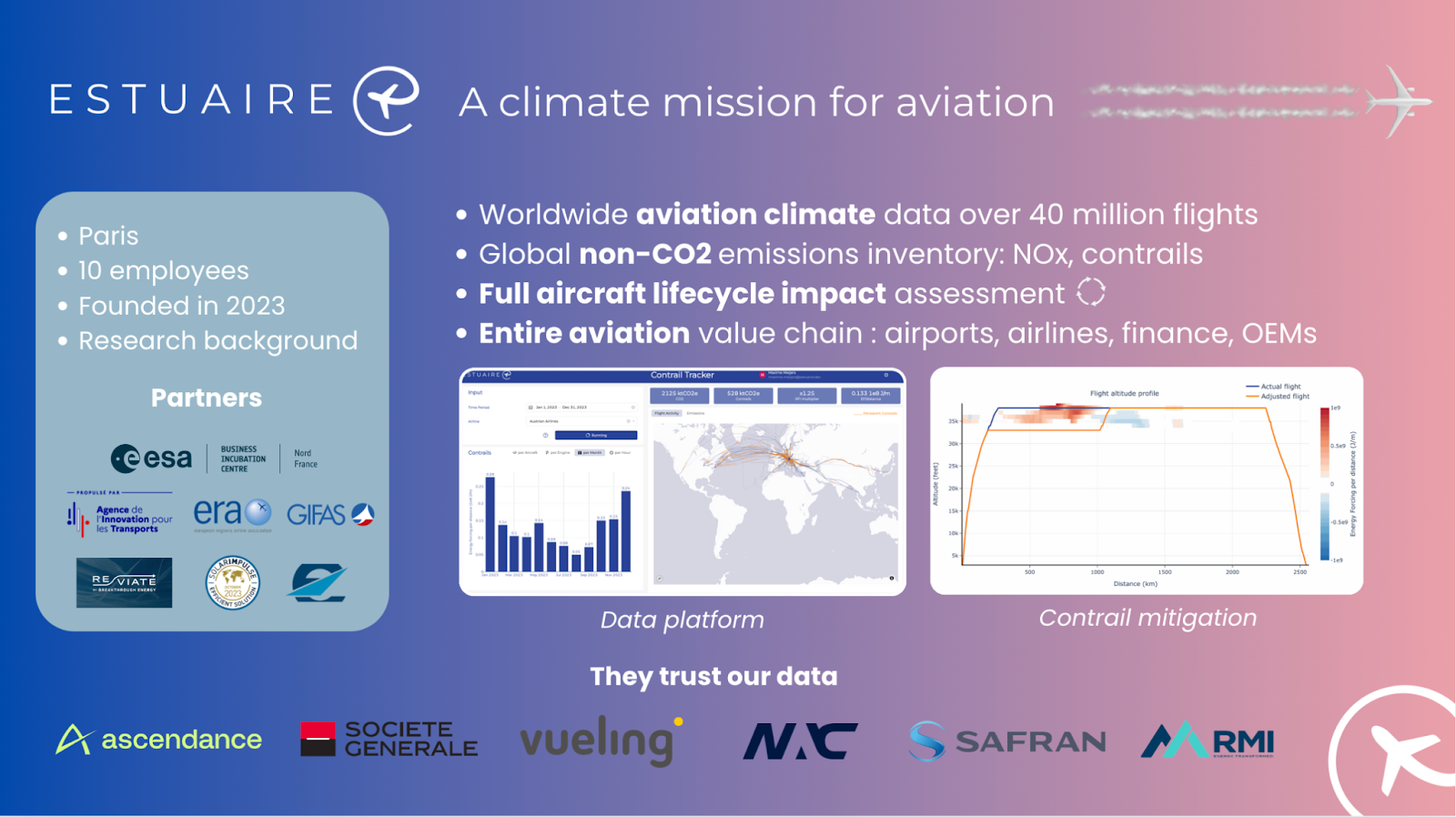



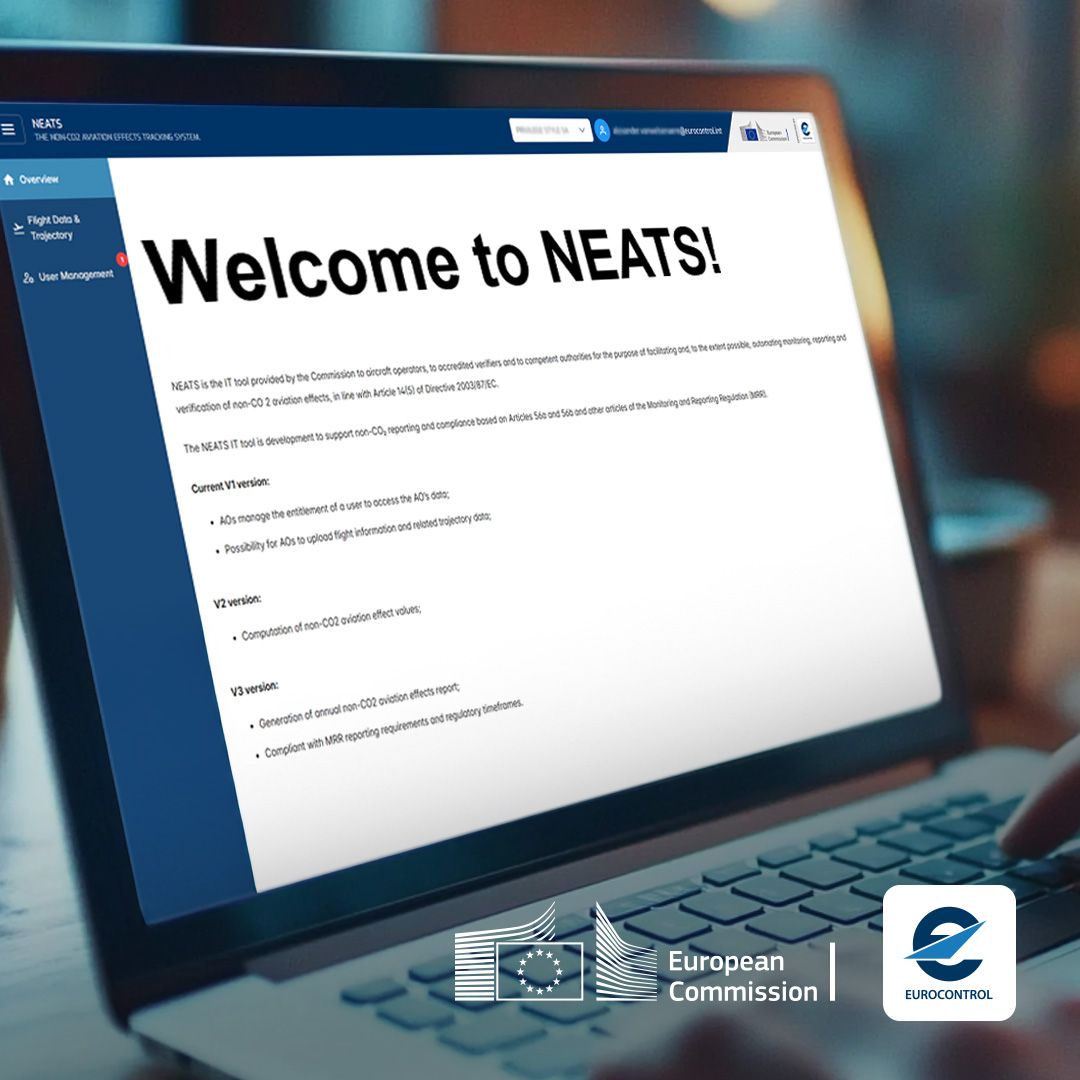
.png)